What is a bronchoscopy?
A bronchoscopy is performed with the use of a rigid bronchoscope
or a fiberoptic bronchoscope, depending on the
location. The doctor using this instrument can look into the
bronchial passages. The bronchoscope is a slender tube
with a light at the far end which slides down the throat and
into the bronchi.
Bronchoscopy sounds like a very uncomfortable procedure.
Is it?
It doesn't need to be if you cooperate with your physician
and the anesthesiologist. Local anesthesia is sprayed into
the throat and bronchial tubes, making them feel numb.
The bronchoscope is put into only one bronchus at a time,
so you have no trouble breathing normally during the examination.
You are relaxed and responsive to instructions
and remain awake, although you will not remember much
of the procedure afterward. Your head will be draped and
your eyes covered. You will be asked to cough so that the
doctor can obtain a good sample.
What does the doctor see during the bronchoscopy?
Looking through the bronchoscope, the doctor can illuminate
the walls of the bronchi and examine the area. The
development of new, flexible fiberoptic bronchoscopes
means that the doctor can see around corners and into the
inside of much smaller bronchial tubes. The flexibility of the instrument makes it possible for the doctor to take cell
samples, using special attachments for biopsy, brushing,
scraping, or washing.
How is a bronchoscopy done
Once the tumor is found, a small bit ofliquid can be squirted
through the bronchoscope onto the tumor and then withdrawn
by suction. This liquid is then examined under the
microscope for the presence of tumor cells, just as a sputum
specimen might be. A slender cutting tool can be put through
the bronchoscope. The doctor uses it to snip a small sample
of tissue, which can then be examined under the microscope.
How to do bronchoscopy
Are there any aftereffects of a bronchoscopy?
It is common for patients to cough up a small amount of
blood after a specimen has been taken. This should be no
cause for alarm. Some patients have a sore throat or hoarseness.
Many people report no discomfort.

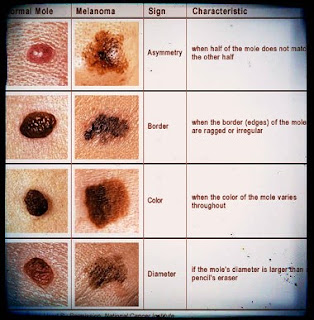
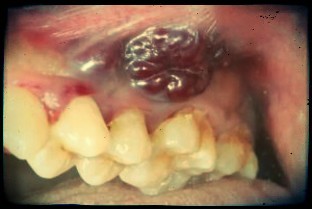
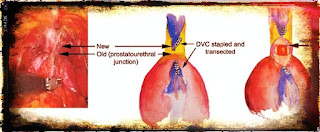
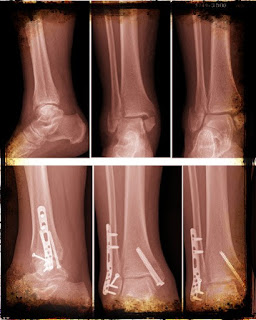
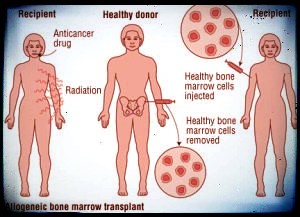

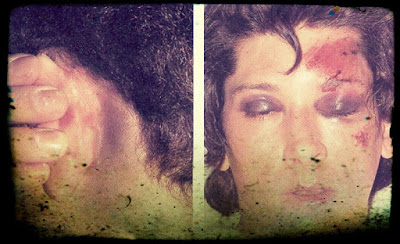
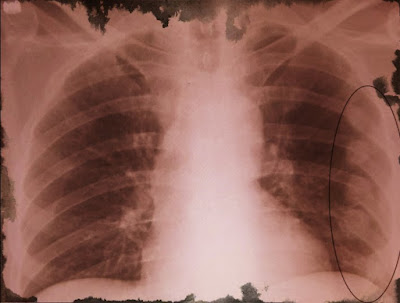
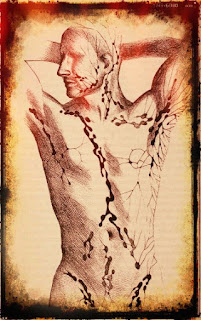
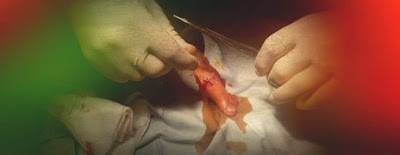
Comments
Post a Comment